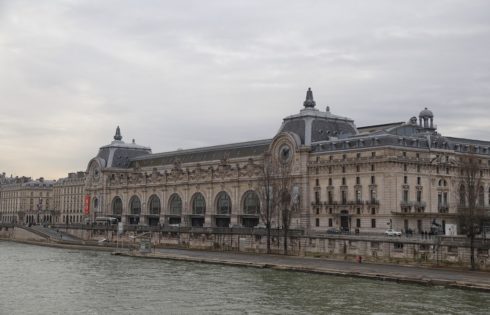
Musee d’Orsay Guide (Tickets, Skip the Line, Artwork) [2018]
Are you planning a visit to the Musee d’Orsay (Orsay Museum) or thinking about visiting? This article will tell you everything you need to know about the Musee d’Orsay, including how

Are you planning a visit to the Musee d’Orsay (Orsay Museum) or thinking about visiting? This article will tell you everything you need to know about the Musee d’Orsay, including how
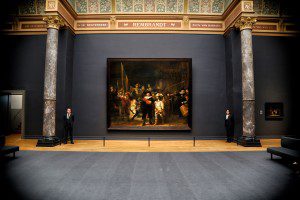
The Rijksmuseum, meaning “state museum” in English, is the most visited museum in the Netherlands and for good reason. There’s a lot to see and admire. This article will take
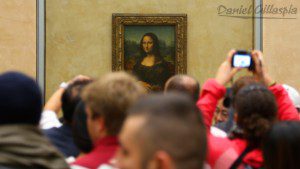
Musée du Louvre, or “The Louvre,” is an absolute beast of a museum. It’s so vast and contains so many thousands of pieces of art and relics that there’s simply no

The Vikings have a reputation for being ruthless plunderers but the image of the savage viking obscures the fact that the Vikings maintained a thriving society and made monumental advancements
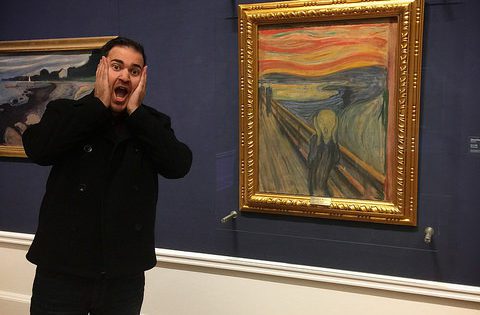
Museums are really the perfect attractions. Visiting them is a way to gain a more insightful understanding of an area’s culture and history, and do so in an engaging way
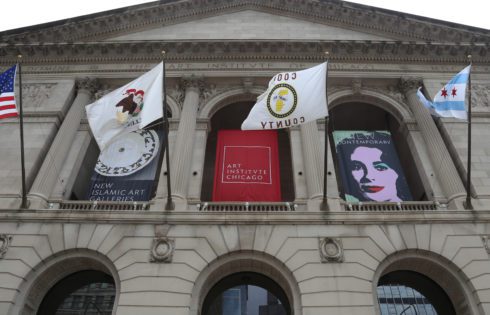
The Art Institute of Chicago is one of the premier art museums in the world and to some, it’s arguably the top art museum in the United States. The museum
| Cookie | Duration | Description |
|---|---|---|
| cookielawinfo-checkbox-analytics | 11 months | This cookie is set by GDPR Cookie Consent plugin. The cookie is used to store the user consent for the cookies in the category "Analytics". |
| cookielawinfo-checkbox-functional | 11 months | The cookie is set by GDPR cookie consent to record the user consent for the cookies in the category "Functional". |
| cookielawinfo-checkbox-necessary | 11 months | This cookie is set by GDPR Cookie Consent plugin. The cookies is used to store the user consent for the cookies in the category "Necessary". |
| cookielawinfo-checkbox-others | 11 months | This cookie is set by GDPR Cookie Consent plugin. The cookie is used to store the user consent for the cookies in the category "Other. |
| cookielawinfo-checkbox-performance | 11 months | This cookie is set by GDPR Cookie Consent plugin. The cookie is used to store the user consent for the cookies in the category "Performance". |
| viewed_cookie_policy | 11 months | The cookie is set by the GDPR Cookie Consent plugin and is used to store whether or not user has consented to the use of cookies. It does not store any personal data. |
